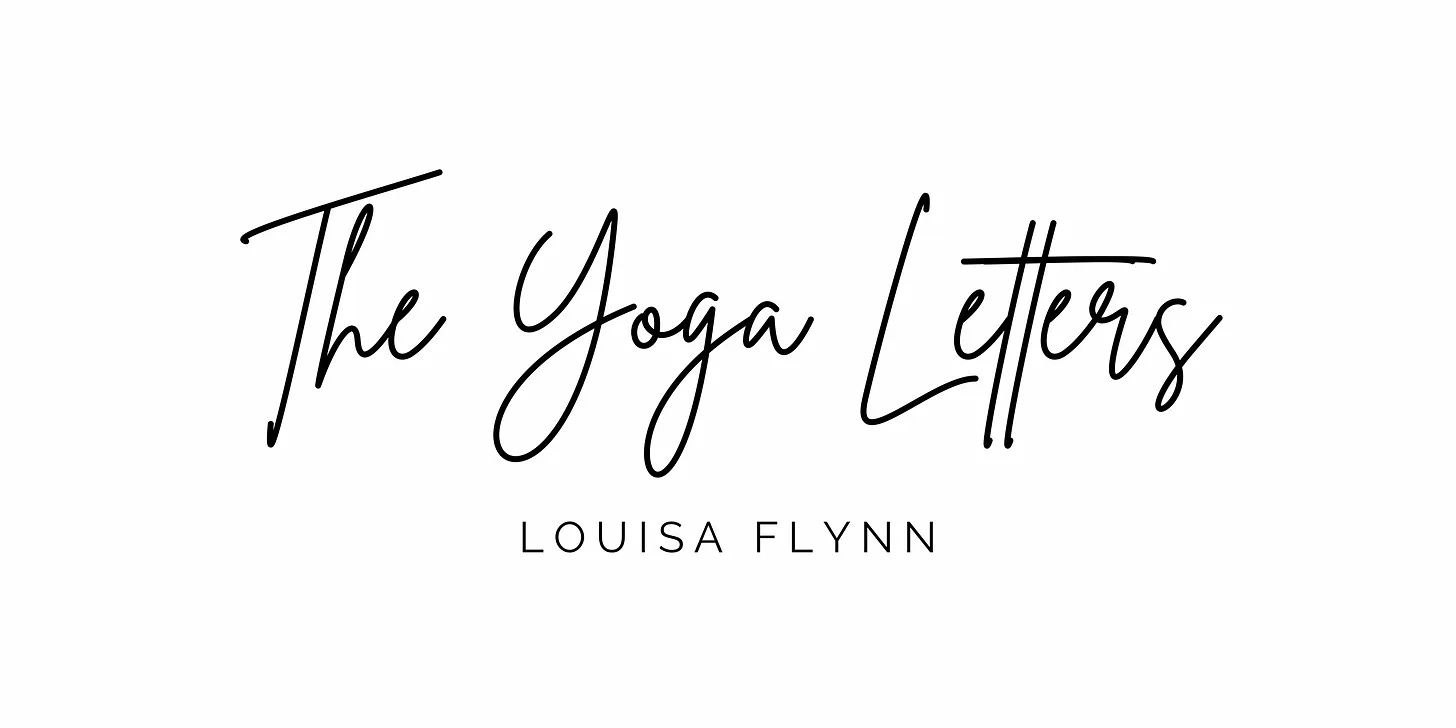Welcome to #28 of The Yoga Letters, 6th in the Live Your Yoga series for 2024.
That means we’re already half-way through our journey together!
Before we dive in, I’d like to offer a warm welcome to the flurry of new subscribers this month.
It’s really wonderful to have you here and I am so grateful for your presence.
So, here we go…
In Yoga, Prāṇāyāma (प्राणायाम) is the integral practice of focusing on breath and is, in a nutshell, a set of breath-work techniques that can be used to harness prana, also know as “vital life force”.
As the fourth limb of Patanjali’s eight-limbed path, pranayama is generally regarded as a preparatory practice for the techniques of pratyahara (withdrawal of the senses), dharana (concentration) and dhyana (meditation), leading to samadhi (enlightenment).
My own experience with pranayama has been an interesting one:
When I first started Yoga, I really had no idea that the breath was all that important.
I understood the relevance and benefits of meditation, but breath and breathing didn’t really feature in my mind as being the key to any of it, and I can remember the first Yoga class I attended that focused largely on breathing, on pranayama, and it was beyond difficult.
Barely moving a muscle, with not a lot of asana, and yet I left having felt like I’d just completed the hardest workout of my life.
Practicing, as directed by the teacher, enabled me to realise how shallowly I was breathing. I had no idea. Somewhat explaining the usual state of panic in which I resided at the time.
Now, pranayama is an element of my continual practice, on and off the mat, and I think it’s one of the most fascinating aspects of Yoga. Because it is through the breath that we can access a sense of liberation - in our hearts, minds and bodies - from whatever may be troubling us.
The breath helps to ground us in the moment and then we can prepare ourselves for whatever it is that we must face.
Asana, mantra, and meditation, in particular, are yogic practices that respect the codes of pranayama; or of “harnessing” prana, and learning to use it can be of incredible benefit to us and to all those around us.
In particular, I love the sense of purification that arises when practicing pranayama and I think it is amazing how my energy can feel entirely different.
Of the ancient practices (which should be practiced with the guidance of a knowledgeable teacher), my favourites are Nadi Shodhana, or alternate nostril breathing, said to restore a sense of balance by joining the right and left sides of the brain, and Bhramari, or bee breath, which can be used to calm the mind and its racing thoughts.
If you are new to the concept of pranayama, please seek a teacher who can introduce the techniques to you.
If you are revisiting pranayama as part of an established or previous practice, please remember to go gently.
While there are plenty of videos online, nothing can compare to practicing with an experienced teacher. So reach out to local teachers within your community and ask them about pranayama.
(In fact, one of my teachers, the very special Hayley of Embrace Yoga, teaches - among many other things - an online, evening breathing class, which is simply wonderful!)
With these two practices, the breath should feel soft and flowing. There are faster pranayama techniques, but I prefer the gentler variations because they suit my physiology and the challenges that I face, and, even as a certified teacher, I prefer to practice the more intense techniques with an experienced teacher holding space for me.
Pranayama needs to be honoured, as do all Yogic practices, remembering that this ancient, Indian wisdom has been passed down from teacher to student, and, so, on that note, I’d like to take a moment to thank all those who have guided and supported me on my journey so far.
I acknowledge that I shall forever be a student, learning all of the time, and that this is something that makes the practice of Yoga, and my path within it, incredibly special.
“When the Breath wanders, the mind is unsteady, but when the Breath is still, so is the mind still.” - Hatha Yoga Pradipika
As prep for any pranayama, just becoming aware of your breathing can bring about incredible changes to how you feel.
Try it. Right now, notice in your body where you feel your breath, and follow the breath.
Observe your breath and how it comes and goes, all on its own, and acknowledge that each and every one of your breaths is a miracle.
This day is miracle. You are a miracle!
As always, I’d love to know your thoughts. The comments are open to everybody, and I welcome messages too.
With kindness,
Louisa x







I also enjoy practicing Nadi Shodhana, one of my favorite pranayama techniques. I do it every morning to balance myself. It is great to do it right before meditation, as it calms the mind and prepares you for a deeper meditative state.